CLASSROOM AND LEARNING - THE DISRUPTIVE CORRELATION
The balance between classroom and learning has been a subject of research and deep-thinking among Educators. It is a fact that everyone learns differently, and understanding the different ways that we learn is crucial for overall learning success. But the question that arises from a child-learning perspective is, is there a connection between classroom and learning? Is there a barrier to learning outside the classroom?
Following the common expectation to validate actual knowledge and skills development, Learners are expected to participate in an assessment of sorts, to show the depth of learning and, to an extent, allow the teacher to gather important information about both the teaching and learning experience, as well as review the effectiveness of the instruments required for this exercise. As a result, the question on the best learning style for each unique Learner comes to the fore. In dissecting this further, let’s take a quick dive into the four different learning styles in today’s Learners.
-
Visual Learners
These are Learners who can assimilate and understand concepts better when presented graphically or with symbols. These Learners may respond to charts, diagrams, and information presented as visualizations in certain hierarchy better than other Learners.
A remarkable attribute about Visual Learners is that they tend to appreciate and process information best when it is presented to them as a whole rather than in bits or pieces. As such, when dealing with a Learner who is more skilled or visually advanced, it serves a better advantage to present information in larger, meaningful chunks.
-
Auditory Learners
Auditory (or aural) Learners succeed at retaining information and learning more easily when information is vocally presented to them, and so they may prefer listening attentively rather than taking notes.
While this learning style may sometimes be interpreted as less engaging, Auditory Learners may benefit from group activities or discussions with other Learners especially when it involves listening to others speak and reading their written notes aloud to themselves to help them understand it better.
-
Reading/Writing Learners
Learners in this category demonstrate a strong learning preference for the written word. They can have a better grasp of information when it is written: this includes both written information presented in the form of notes and possibly written instructions as well as the opportunity to complete written assignments.
Reading/writing-oriented Learners should be encouraged to take more notes during classroom lectures to help them both process information and have an easier time recalling it later.
-
Kinesthetic Learners
Kinesthetic Learners are given to learning that involves the use of their limbs and body. This form of participatory learning requires physical active roles in the learning process to achieve better educational outcomes. Sometimes referred to as “tactile learners” who would rather show preference to touching and working independently as a means to clarity and understanding by themselves to help them better understand. However, contrary to this style of learning, tactile learners also tend to engage all their senses – equally - in the process of learning rather than exploring just a part of it. Kinesthetic Learners may often thrive in scientific subjects with lab components, as the skills-based, instructional training that occurs in these settings engages them in productive ways.
The mechanism of adapting to a learning style that suits one’s ability has been readily applied in today’s contemporary world. In fact, in the past decade or more, there has been an immense transformational change in learning directed at breaking the restriction of classroom learning and provoking innovative learning styles even in early childhood.
The goal of today’s learning transcends the boundary of the classroom; it is directed towards building interaction between the Learner and medium of delivery, be it instructor-led or otherwise, and learning content. One way to achieve this goal is to make learning experience both positive and memorable. For example, children, as described by Educators are natural risk – takers and as such learn rather quickly. Taking risk in this sense is not jumping from a high building onto a rocky path, it involves the willingness to immerse oneself in the learning process at every stage. Learning professionals can take advantage of this by bringing ‘Gamification’ into learning, thereby making learning a fun activity. The goal is to maximize potentials and engagement by capturing the interest of learners and inspiring them to continue learning.
CODEX, a creative educational Hub has been at the forefront in the production of digital learning content aimed at simplifying the Nigerian Primary and Secondary school curriculum with simplified, easy-to-grasp concepts to make learning fun, engaging, and of course, gamified! So, while we understand the importance of conventional classroom learning, we believe that learning shouldn’t be a static, one-way experience but can be digitized in creative styles to ensure retention and application, and enhancing the learner’s overall experience.

